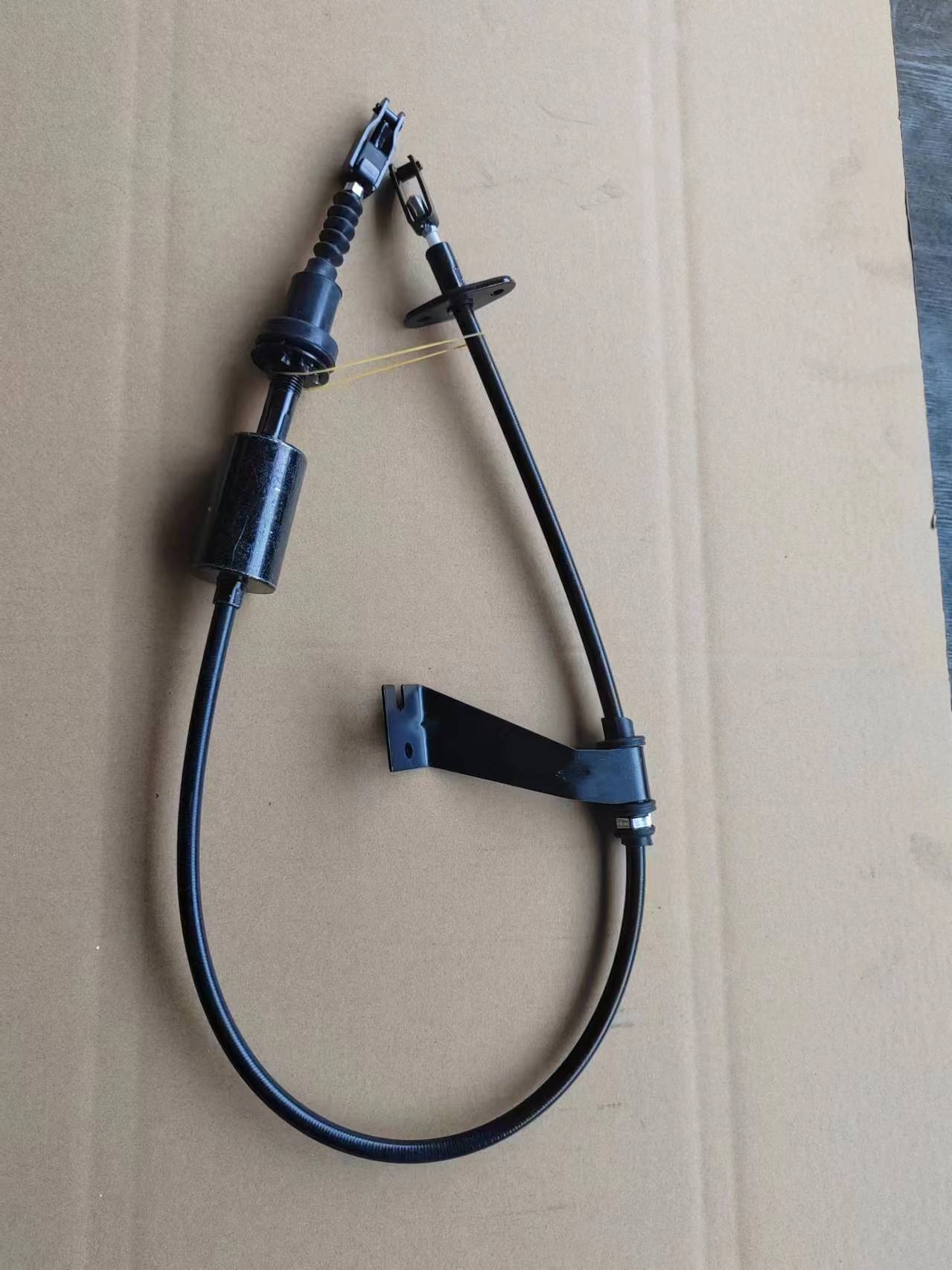Understanding the Importance of Handbrake Cables in Vehicle Performance and Safety
Understanding Handbrake Cables Importance, Types, and Maintenance
Handbrake cables are an essential component of a vehicle's braking system, playing a critical role in ensuring safety and control. Often taken for granted, these cables are crucial for the proper functioning of the handbrake (or parking brake), which allows drivers to secure their vehicles when parked. In this article, we will explore the significance of handbrake cables, the different types available, and best practices for their maintenance.
The Importance of Handbrake Cables
The primary function of handbrake cables is to transmit the force exerted by the handbrake lever to the brake mechanisms, typically located on the rear wheels. This action engages the brakes, preventing the vehicle from rolling away, especially on inclines. The effectiveness of a handbrake is not merely about keeping a car stationary; it also provides a backup in case the primary braking system fails.
Moreover, handbrake cables contribute to the overall safety of a vehicle. A well-functioning handbrake system allows drivers to confidently park their vehicles without the fear of unintended movement, protecting both the vehicle and surrounding property. Therefore, regular inspection and maintenance of handbrake cables are paramount to ensure their reliability.
Types of Handbrake Cables
Handbrake cables come in different designs and materials, depending on the vehicle's make and model. Most handbrake systems use either a single cable design or a dual cable system.
1. Single Cable System This system typically connects the handbrake lever directly to the rear brakes using one cable. This design is generally simpler and can be found in a wide range of vehicles.
2. Dual Cable System This design features two cables that operate simultaneously to engage the handbrake system. One cable runs from the handbrake lever to a junction, while the other splits off to each rear wheel brake. This system provides more balanced pressure distribution, enhancing effectiveness.
The materials used in handbrake cables are often steel, coated with plastic or vinyl to protect against corrosion and friction
. Some high-performance vehicles may utilize specialty cables that offer greater durability and resistance to wear.Signs of Wear and Tear
handbrake cables made

Handbrake cables can experience wear due to exposure to the elements, physical damage, or general wear from usage. Recognizing the signs of failing handbrake cables is crucial for ensuring vehicle safety. Common indicators include
- Loose or Sloppy Handbrake If the handbrake lever travels too far without engaging the brakes, it might indicate a stretched or damaged cable. - Poor Response If the handbrake does not hold the vehicle effectively, it could be a sign that the cable is not functioning properly. - Visible Damage Fraying or corrosion on the cables can reduce their efficacy and lead to complete failure.
Maintenance of Handbrake Cables
Proper maintenance of handbrake cables can significantly extend their lifespan and ensure optimal performance. Here are some key practices
1. Regular Inspections Check cables for signs of damage, wear, or corrosion. Inspections should be part of routine vehicle maintenance, especially before long trips or seasonal changes.
2. Lubrication Some handbrake cables may require lubrication to reduce friction and wear. Consult the vehicle owner’s manual for recommendations regarding specific lubricants, and apply as needed.
3. Adjustment Handbrake systems should be periodically adjusted to maintain proper tension in the cables. An improperly adjusted handbrake can lead to premature wear on the cable and brake components.
4. Replacement If a cable shows significant wear or damage, it should be replaced immediately. Ignoring warnings can lead to complete cable failure, compromising vehicle safety.
Conclusion
In summary, handbrake cables are a vital yet often overlooked component of vehicle safety. Understanding their function, recognizing the signs of wear, and implementing maintenance practices are essential for effective operation. By taking the time to ensure that handbrake cables are in good condition, drivers can help prevent accidents and promote a safer driving experience. Whether you are a seasoned mechanic or a casual driver, being informed about the significance of handbrake cables contributes to safer roads for everyone.
-
Workings of Clutch Pipe and Hose SystemsNewsJun.04,2025
-
The Inner Workings of Hand Brake Cable SystemsNewsJun.04,2025
-
The Secrets of Throttle and Accelerator CablesNewsJun.04,2025
-
The Hidden Lifeline of Your Transmission Gear Shift CablesNewsJun.04,2025
-
Demystifying Gear Cables and Shift LinkagesNewsJun.04,2025
-
Decoding Clutch Line Systems A Comprehensive GuideNewsJun.04,2025
